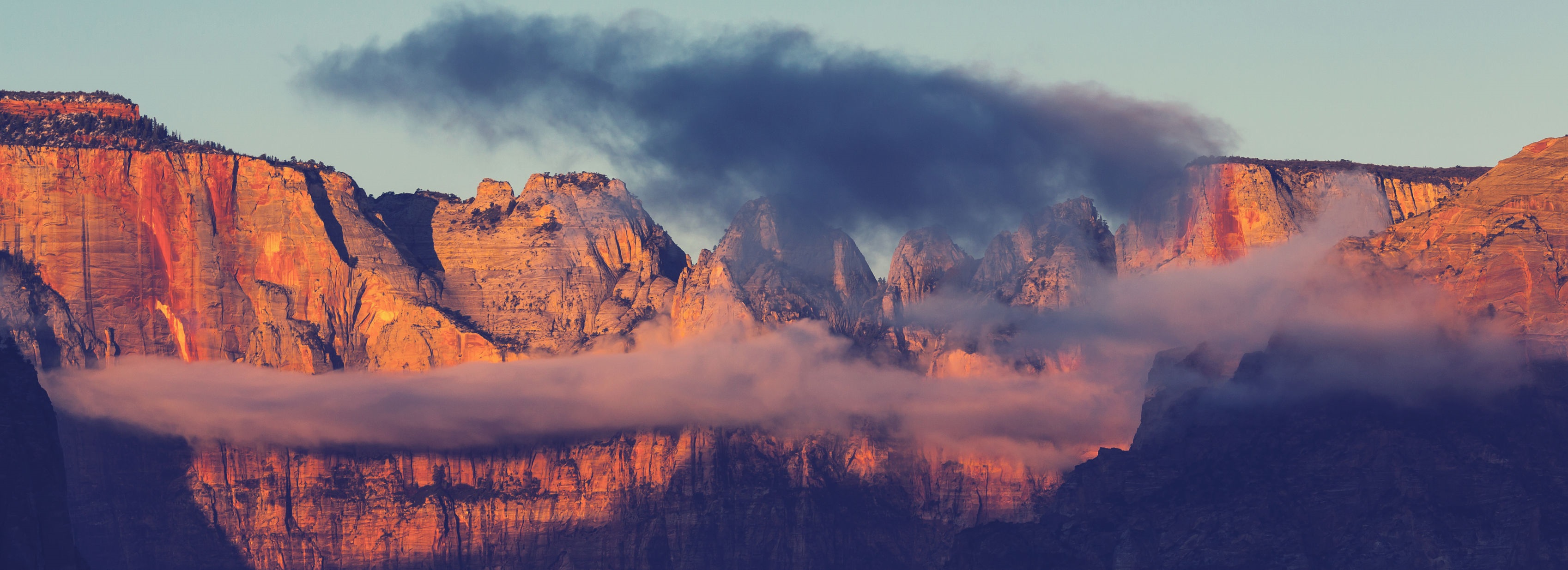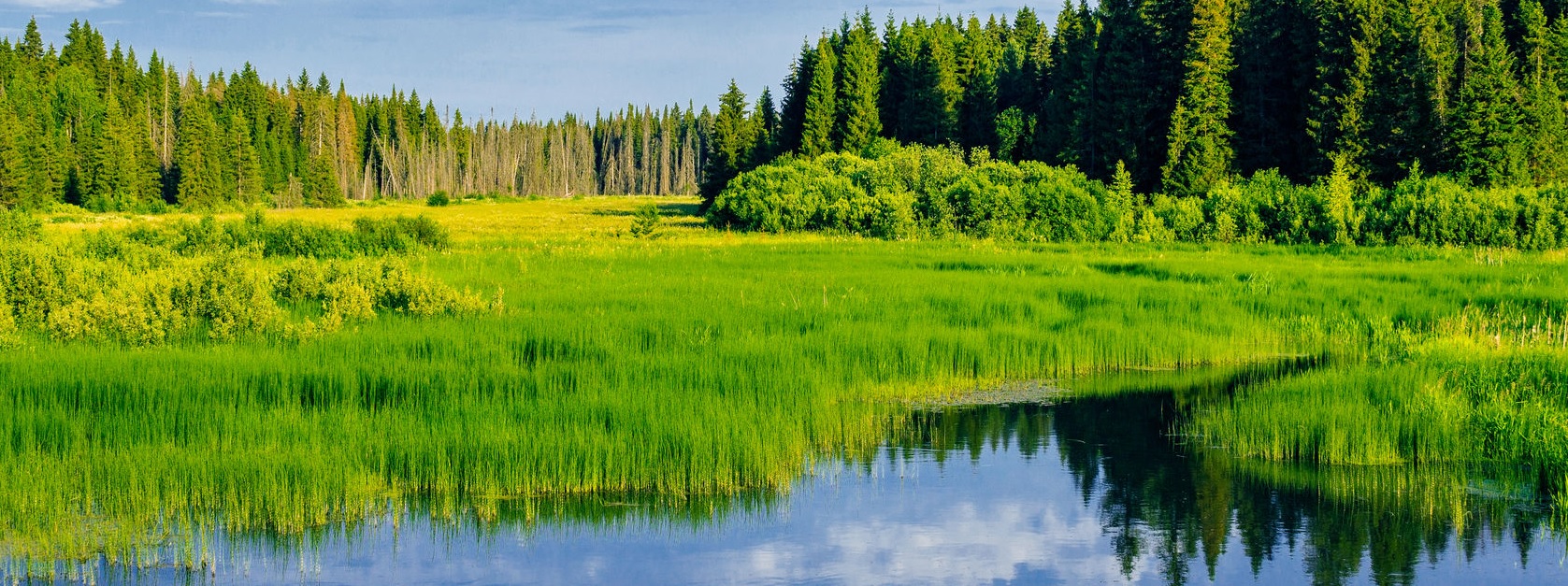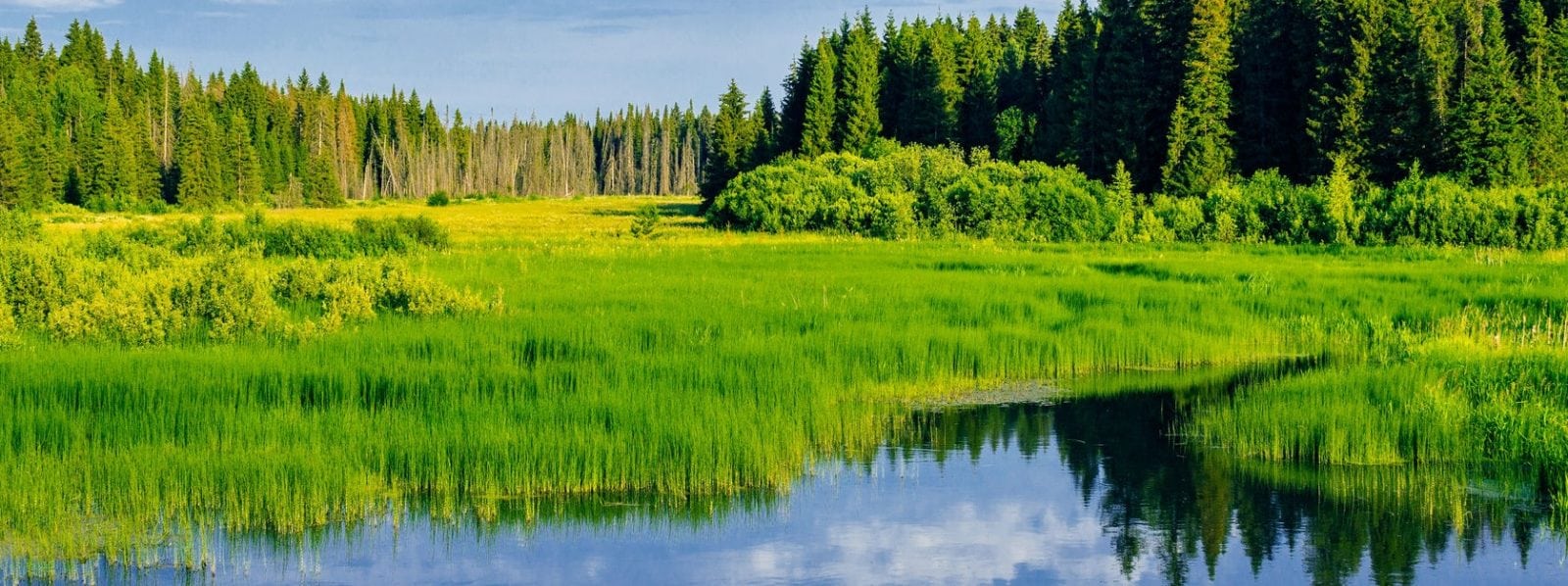No products in the cart.
Parks
How the National Parks Got Their Names – Part 1
America's national parks are among the nation's greatest attractions. They pull in millions of visitors from within the US and from countries all over the world, and serve as a symbol of America's love of the environment. When one thinks about some of the national parks, however, the thought "where did these names come from?" must come to mind. After all, many do have rather unusual ones: Yosemite, Zion, Badlands, Everglades, etc. So, let's go through and find out where these names came from.
Yosemite National Park

Yosemite takes its name from the Native American tribe that originally inhabited the area, though this wasn't a name that they gave to themselves. The surrounding tribes, the Miwok, called these people Yos.s.e'meti, a word that means "those who kill". This was a derogatory name given to this tribe by their enemies, the Yosemite people actually called themselves Ahwahnechee, the dwellers of Ahwahnee; Ahwahnee being the name of what we now call Yosemite valley. The reason we call it Yosemite, rather than Ahwahnee, has to do with the American militia force that drove the Yosemite tribe out. They felt that Yosemite was a more American name than Ahwahnee, and since Yosemite was the name by which they knew that tribe, they believed it was appropriate to name the valley after them. As a result, one of the most beautiful lands in America continues to carry an ironically violent name, from an equally violent origin.
Zion National Park

Zion National Park, in Utah, features an incredibly diverse array of landscapes and life, from canyons and mesas to rivers. In 1909, the park was formed under the name Mukuntuweap, however, fears about potential visitors not wanting to go to a park with an "Indian" style name led to its name being changed to Zion in 1918. This was the name already in use by the Mormon population in Utah, reflecting the origin of its religious name.
Badlands National Park

Badlands National Park in South Dakota is a wide expanse of rocky formations, shaped into distinctive spires and buttes. Its name is reflective of the hostile nature of the land, with its extreme temperatures, lack of water, and exposure to the elements. The Lakota people called it "mako sica", which means "land bad". French settlers in the region called it "les mauvais terres pour traverse", or "bad lands to trsvel through". While the modern world removes much of the difficulty in traveling through this area, the name lives on to remind us of the trials many would've gone through in passing over Badland's bleak landscape.
Everglades National Park
 The Everglades wetlands in Florida are a trove of biodiversity, and are considered vitally important to the environment, having been placed on the list of UNESCO World Heritage Sites, and several other lists detailing important ecosystems. The reason why it is called the Everglades is straightforward; when people first came across the land, they saw vast fields of grass. "Ever" in this name means "forever", and glades is an old term for "grassy place", so the name is a poetic way of saying "unending grassy place".
The Everglades wetlands in Florida are a trove of biodiversity, and are considered vitally important to the environment, having been placed on the list of UNESCO World Heritage Sites, and several other lists detailing important ecosystems. The reason why it is called the Everglades is straightforward; when people first came across the land, they saw vast fields of grass. "Ever" in this name means "forever", and glades is an old term for "grassy place", so the name is a poetic way of saying "unending grassy place".
Black Canyon of the Gunnison National Park

One of the most distinctly named national parks is the Black Canyon of the Gunnison, located in Colorado. Its primary feature is the incredibly deep and steep Black Canyon, through which the Gunnison rivers flows. The canyon draws its name from the fact that parts of it sometimes only receive 33 minutes of sunlight a day, and the dark ancient rock that makes up its walls. The river Gunnison takes it name from Captain John Williams Gunnison, who provided the first official survey of the area. He was later killed by Native Americans, leading to the river being named in his memory.
Great Smokey Mountains National Park

The most visited national park in the United States, the Great Smokey Mountains are a stunning range of high mountains covered in thick forests, holding a wide range of animal life. It, like the Everglades, is also a UNESCO World Heritage Site, and attracted approximately eleven million visitors in 2016. The "Smokey" part of the name refers to the blue mist that hangs in the air over the peaks and valleys, as though the land is perpetually coated in a layer of smoke. The Cherokee name for the area reflected this as well, calling the mountains "shaconage", (shah-con-ah-jey) or "place of the blue smoke".
ParkWarehouse is a leading commercial equipment supplier to the National Parks, and the State Parks, and all the little county and local city parks as well!
The above are only a few of the 59 National Parks in the United States, all with their own unique histories behind their names. It would likely take an entire book to explain all of them, but it is nevertheless important to learn them. By learning why we call them as we do, we can learn about the history of the United States, and the Native Americans who lived here before European settlers arrived. After all, many of these parks continue to bear Native American names, and have hosted them for thousands of years. Other parks, like the civil-war era fort that is Dry Tortugas, preserve some of the most important parts of American history. Our national parks are not just nature preserves, they are living monuments to history.

